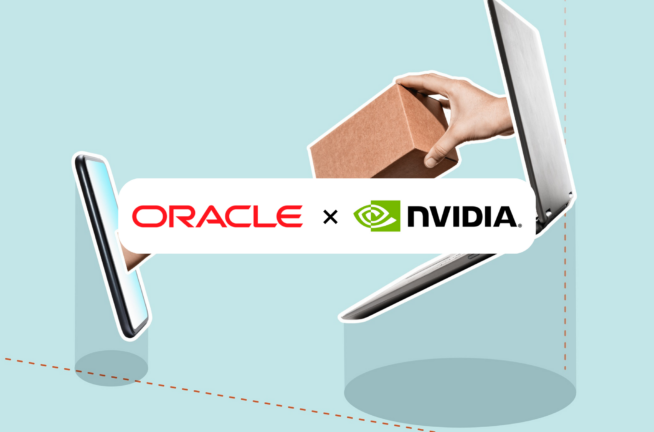Many years ago, while out to dinner with my wife, I was awe-struck by one person’s ability to completely transform our customer experience (CX). He was a restaurant worker who had jumped in to replace his manager, who had fallen ill. He singlehandedly soothed a crowd of irritated reservation holders, changing a series of frustrating interactions into white-glove, five-star experiences.
This young man worked the room with calm and efficiency, and patrons who were ready to leave just minutes earlier, suddenly felt special and were having a great time. His attention to CX was phenomenal and I realized that this was a skill missing in the technology division I was managing at the time (I was running a large organization within a multi-billion technology conglomerate). I was able to recruit him from the hospitality industry to bring CX to life within the division.
The lesson in this story is that a strong Customer Experience starts with great leaders—people who lead by example. People can learn about an industry or new technology, but a customer-centric ethos is innate and far more difficult to train. Look for people who naturally have this trait. When you find a person who prioritizes people's experiences, their impact on your business and their leadership will transcend CX.

In my role today, I lead our channel ecosystem in CX, helping our selling partners optimize CX for our shared customers. These are the traits I've relied upon throughout my career, and I advise our partners to use them as well:
1) Trust people: Trust must flow up and down the org chart -- the only way to earn it is to give it. Trust that you’ve hired people smarter than you (or partners with a specialization that you don’t have) and give them the tools and support they need to be successful. Allow people and teams the freedom to do what they do best, but step in when needed or asked. When you fully trust others, that gift is reciprocated, and it offers a natural barrier to the type of paranoia that breeds unhealthy competition or self-sabotage among teams. If we think about the best, highest-performance team we have ever worked in, the key ingredient is always TRUST.
2) Be accessible: Let people know that your door (whether physical or virtual) is always open, and spend more time listening and less time talking. When leaders truly are more accessible to everyone and communicate openly and frequently, it creates a more trusting, collaborative, and creative work environment. When you take the time to better understand people, their experience, and what they need, it allows you to better serve your team (and, likewise, your partners and customers).
3) Be willing to change: If you are asking people to be led with trust, you must be willing to change. Put aside your ego. Don’t be afraid to do things differently and to course correct when necessary. People are less likely to speak up and share valuable ideas or point out areas of concern if they don’t think their contribution matters. Set the precedent that there are no stupid questions and that there is no need to sugar-coat progress. Transparency happens when there is an authentic give-and-take between everyone on a team and when a leader leads with intellect, not emotion.
4) Be curious: Encourage curiosity among the people you lead, particularly those in the early stages of their careers. Curiosity is one of the biggest differentiators I always notice as people move up the ranks. Within our organization, curiosity is always welcomed and encouraged.
5) Prioritize the best interests of the team: When it comes to addressing bad behavior, leading is a bit like parenting. If you let it go on too long, it will grow out of your control and can have negative, long-term impacts. Encourage team members to address problems one-on-one first and quickly and to mediate when necessary. Always tackle personnel problems in a manner that is best for the whole team, even at the expense of losing a key performer. You can always teach skills, it is way harder to change behavior, so look for the right people and make personnel decisions that are in the best interest of the team.
Leaders are driven by a philosophy and defined by what they bring to the table. Throughout my career, I’ve looked for candidates in different places and based on different credentials, which is somewhat atypical in tech.
We know the impact that thinking outside the box can have on innovation, yet we don’t always apply that same logic when searching for talent or growing leadership within our ranks. My experiences throughout my career have taught me that when you bring new perspectives into your business, you gain best practices from new sources and industries. This empowers you to expand your knowledge, revitalize teams, and transform CX.









